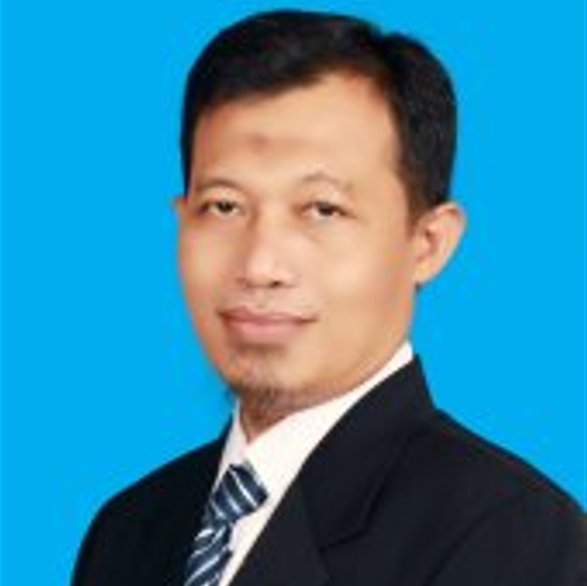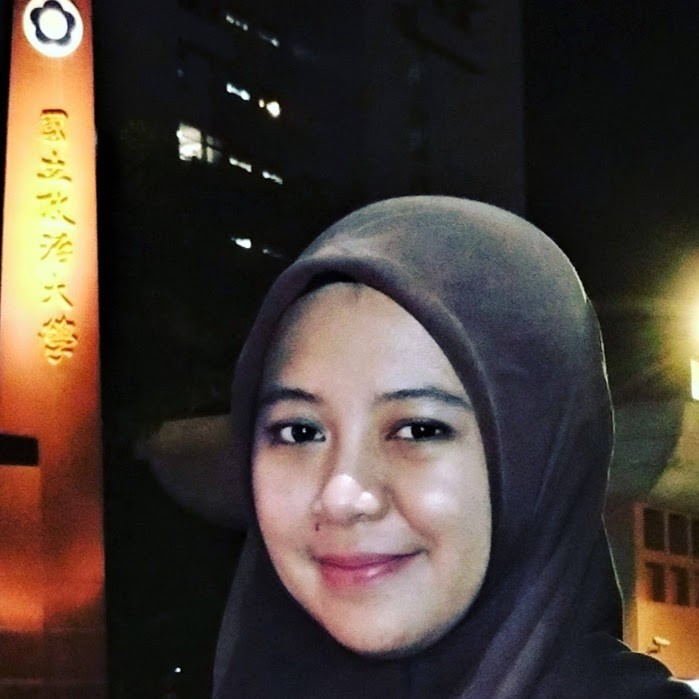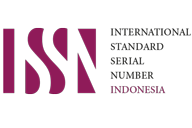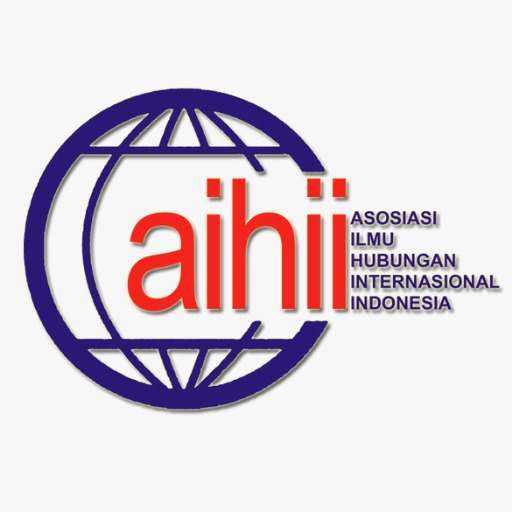Toward Indonesia as Global Maritime Fulcrum: Correcting Doctrine and Combating Non-Traditional Maritime Threats
Downloads
in the maritime sector. Therefore, President Joko Widodo aimed to turn Indonesia into a
maritime fulcrum of the world. However, this idea hampered by doctrinal errors rooted
from the community level to policymakers, including the doctrine of state defense. These
errors rendered Indonesia unable to play an important role using its strategic location as
the largest archipelagic country. Furthermore, piracy culture in some coastal communities
of Indonesia is also a problem that hinders international trade. Moreover, this condition
is further exacerbated by the threat of maritime terrorism that endangered Indonesian
seafarers. This paper uses the theoretical foundation by Alfred Thayer Mahan on Sea Power
to analyze what kind of policies should be taken by the government to solve the maritime
security holes in order to actualize the idea of Indonesia as the maritime fulcrum of the
world. Mahen stated that to become a powerful country in the world, a country should have
control over the oceans. Through this theory, solving maritime security holes in Indonesia
can be conducted by accumulating the strength of the sea in quantity and quality.
Barnard, Timothy P, 2007. "Celí¢tes, Rayat-Laut, Pirates: The Orang
Laut and Their Decline in History”, dalam Journal of the Malaysian
Branch of the Royal Asiatic Society, Vol. 80, No. 2, pp. 33-49.
Bateman, Sam, 2006. Assessing the Threat of Maritime Terrorism: Issues
for the Asia-Pacific Region. Security Challenges Vol. 2 No. 3, pp.
-91.
BBC, 2016. Dua kapal Indonesia dibajak di Filipina, 10 WNI
disandera. [online] http://www.bbc.com/indonesia/berita_
indonesia/2016/03/160329_indonesia_kapal_dib ajak_filipina
[Accessed on Juli 11, 2017].
BBC, 2017. Tujuh WNI diculik dan disandera kelompok Abu Sayyaf.
[online] http://www.bbc.com/indonesia/indonesia-38837392.
[Accessed on Juli 11, 2017].
BPHN, 2015. Indonesia Merupakan Negara Kepulauan yang Terbesar
di Dunia. http://bphn.go.id/news/2015102805455371/
INDONESIA-MERUPAKAN-NEGARA- KEPULAUANYANG-
TERBESAR-DI-DUNIA. [Accessed on Juli 9, 2017].
Chatterje, Aditi, 2014. Non-traditional Maritime Security Threats in the
Indian Ocean Region. Maritime Affairs Vol. 10 No. 2, pp. 77-95.
Counter Extremism, 2017. Abu Sayyaf Group. https://www.
counterextremism.com/threat/abu-sayyaf-group. [Accessed on
Juli 11, 2017].
Dinarto, Dedi, 2016. Indonesia Needs to Step up Its Fight Against
Maritime Piracy. http://thediplomat.com/2016/12/indonesianeeds-
to-step-up-its-fight-against-maritime- piracy/.[Accessed
on Juli 11, 2017].
Graf, Andreas, 2011. Countering Piracy and Maritime Terrorism in
South East Asia and off
The Horn of Africa http://maritimesecurity.eu/fileadmin/content/
news_events/workingpaper/PiraT_Arbei spapier_Nr4_2011_
Graf.pdf. [Accessed on Juli 10, 2017].
Kementerian Luar Negeri Republik Indonesia, 2014. Presiden Jokowi
Deklarasikan Indonesia Sebagai Poros Maritim Dunia. https://
www.kemlu.go.id/id/berita/siaran-pers/Pages/Presiden-
Jokowi-Deklarasikan- Indonesia-Sebagai-Poros-Maritim-Dunia.
aspx. [Accessed on Juli 11, 2017].
- Authors retain the copyright of their article without restrictions and grant the journal right of first publication with the work simultaneously licensed under a Creative Commons Attribution License that allows others to share the work with an acknowledgment of the work's authorship and initial publication in this journal
- Authors are able to enter into separate, additional contractual arrangements for the non-exclusive distribution of the journal's published version of the work, with the condition that it is not intended for commercial purposes, and cite an acknowledgment of its initial publication in this journal.
- Authors are permitted and encouraged to post their work online (e.g., in institutional repositories or on their website) prior to and during the submission process, as it can lead to productive exchanges, as well as earlier and greater citation of published work (See The Effect of Open Access). However, authors are not allowed to share their work with other journals or publishers as it may lead to conflicting publication processes.

This work is licensed under a Creative Commons Attribution-NonCommercial-ShareAlike 4.0 International License.














